The garden is rapidly descending into its winter dormancy. Make no mistake, this is not ascending, no matter how the gardener views the more scattered highlights of late autumn and winter. Flowers are fading, leaves are turning, and on a breezy afternoon the stone paths are littered with fallen leaves. Soon, paths will be covered as trees turn bare in the cold.
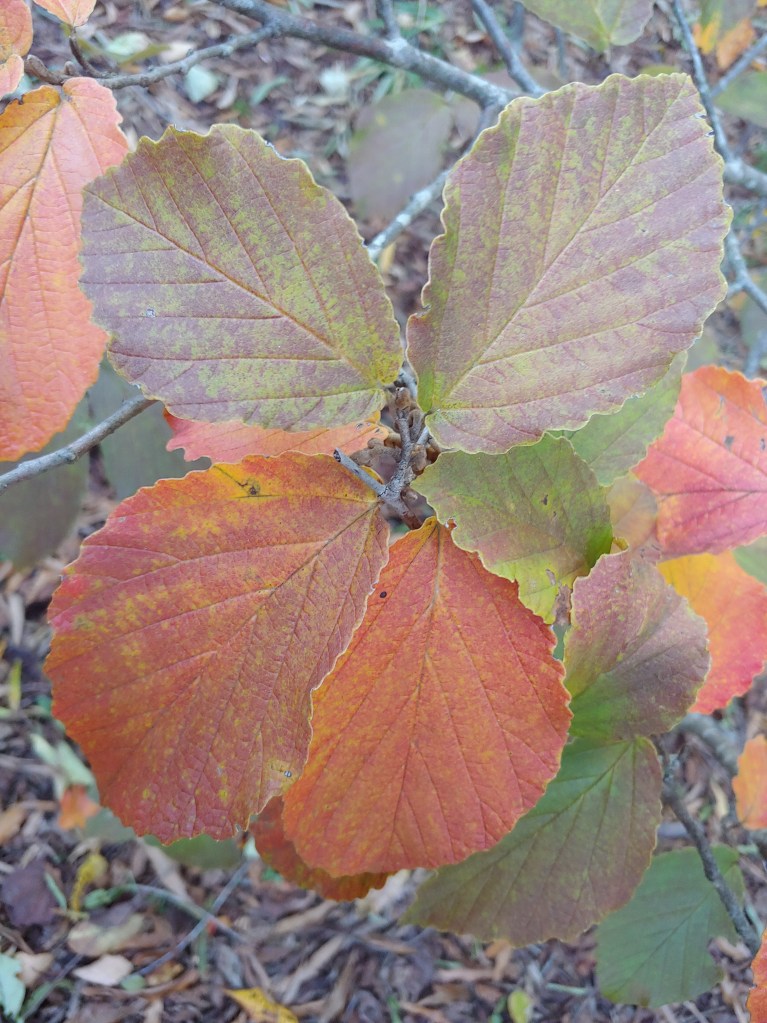
At the point where few leaves remain in the maples and poplars that tower overhead, I will blow and vacuum to clear the paths and to remove the worst of leaves that clutter within stems of winter flowering hellebores (below). The hellebores are most easily cleaned if the stems and foliage are removed, and this is best done in December before flower buds become too prominent. But, I am unlikely to take advantage of the lack of chores that must be done immediately, so often I do nothing until flowers begin to show color in February.
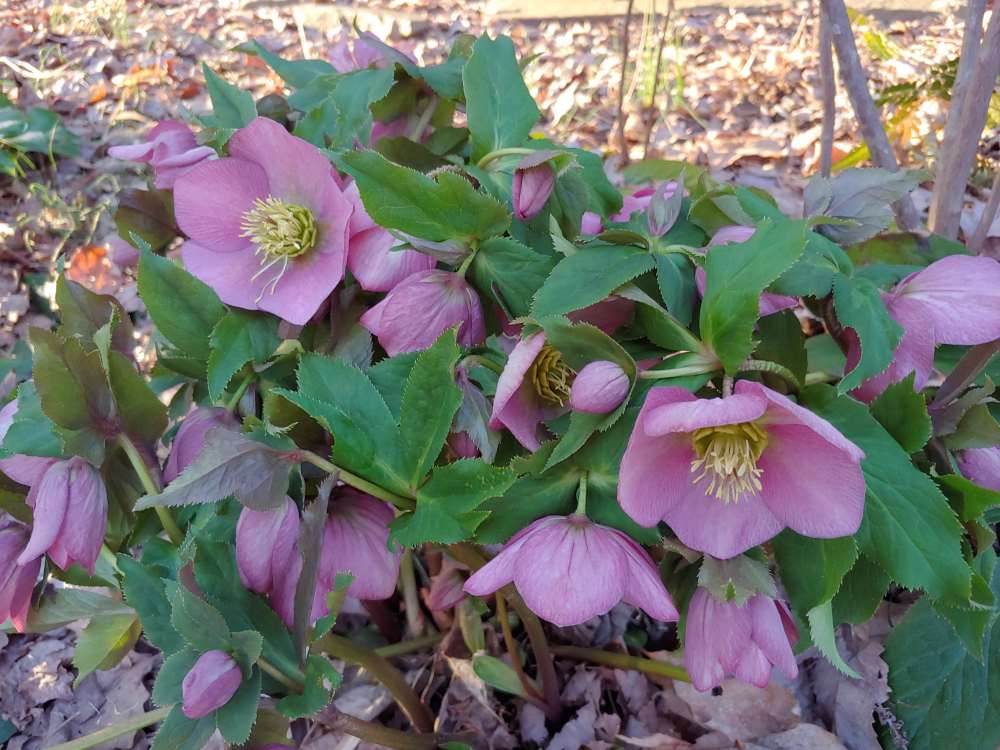
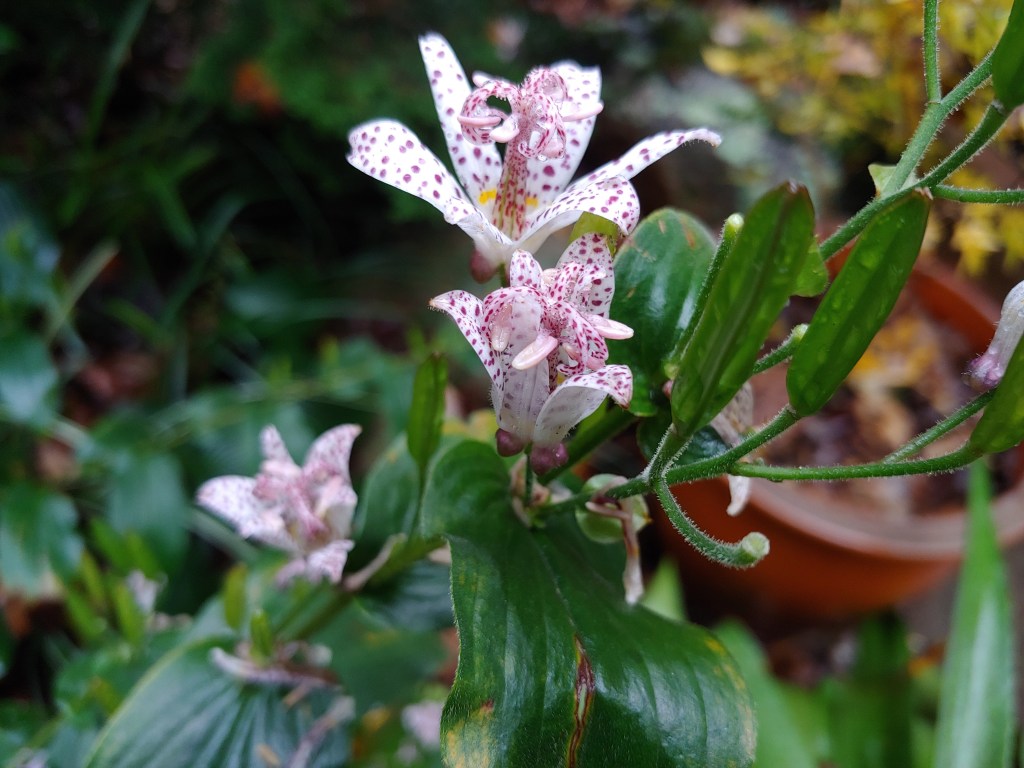
Recent visitors remark that there is still much to enjoy in the garden, though I see flowers of toad lilies (above) and reblooming azaleas fading fast with frost on the way in the coming week. The autumn flowering camellias (below) are a few weeks into their long cycle of bloom, with flowers that are not damaged until temperatures dip low into the twenties. A few large camellias are shaded and often do not flower until mid-December, with occasional blooms into January in spells of mild temperatures.
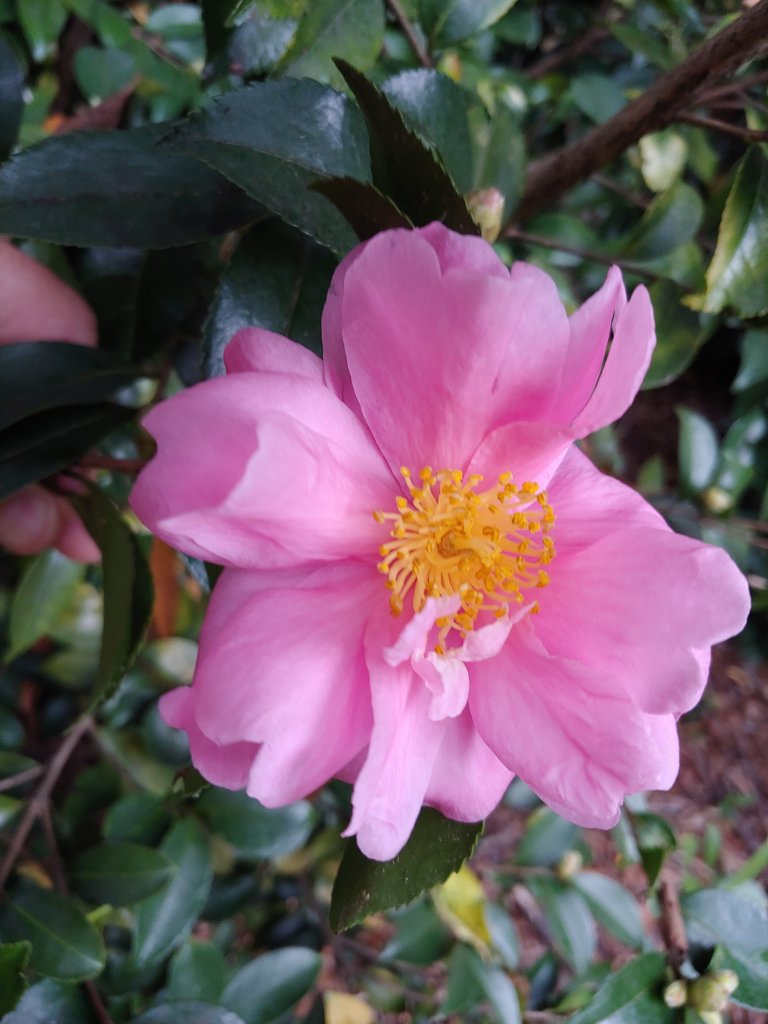
Already, I look forward to spring, though there is much to enjoy in the chilly months to come. New deliveries of a variety of orchids were planted as roots only, and this could be the spring when small Wheel (Trochodendron araliodes) and Korean Sweetheart trees (Euscaphis japonica) first grow to make an impact. The garden was started thirty-two years ago, but there is always something new.

While cold limits the time spent in the garden, I will browse daily in the winter months to see the newest flower buds breaking to show a glimpse of color. Today, several of the common witch hazels (Hamamelis virginiana, above) are flowering, with others more shaded that will bloom until Vernal witch hazels (H. vernalis), then hybrids (Hamamelis x intermedia) flower after the new year.
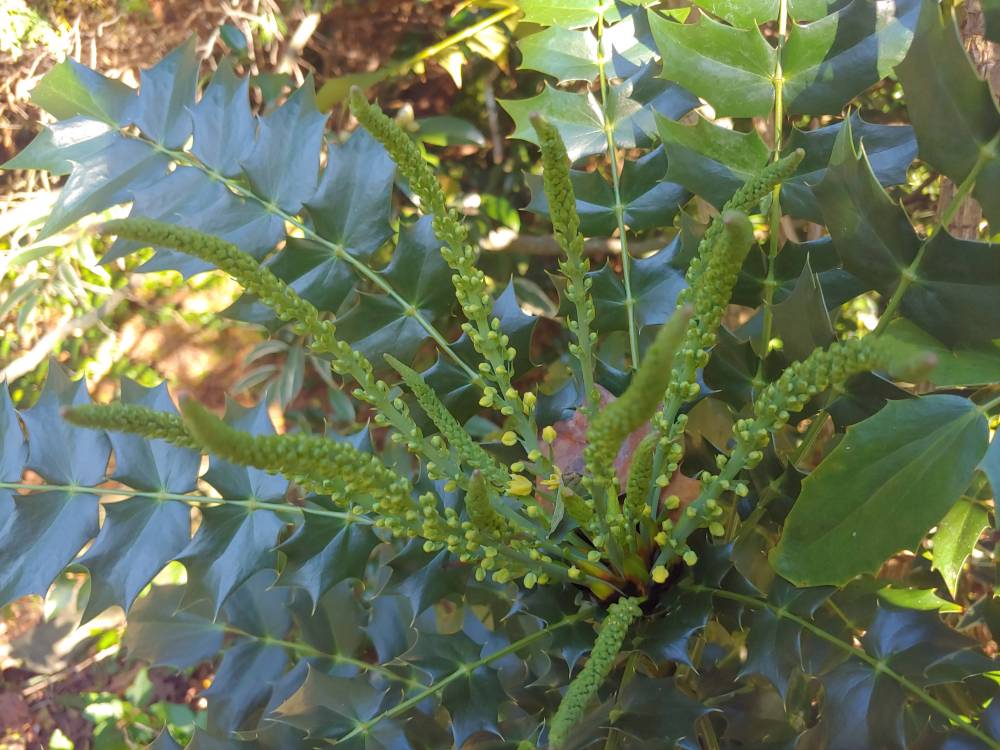
A variety of mahonias (Mahonia x media ‘Winter Sun’, above) begin to flower in early November, and often these will continue into January. A year ago, mild temperatures in early winter permitted bees to venture from their winter shelters to pollinate flowers, so by spring there were small clusters of berries on most mahonias that are rarely pollinated in our cold.
I think I will finally break down and go buy some Hellebores, after reading your blog. I will ask the garden center if they have toad lillies, also. Thanks.
I hope you’re able to find hellebores at this late time of the season when garden centers are selling down. Toad lilies are more scarce in garden centers. I’ve purchased most through mail order.
Wow a 32 year old garden! That is impressive
Yes, I’m old and so is the garden. Most folks don’t stay in one place long enough to see trees and shrubs mature.
Love your gardening tips! So helpful. I’m new to gardening as my husband has the green thumb & experience. I usually just do the garden clean up . Might have to order some hellebores for my garden.
Hellebores are easy in part sun or part shade where soil is not constantly damp. While some new varieties have flowers that look upright or to the side, some gardeners might be disappointed that flowers of most nod towards the ground. I have lots of both and I favor ones that flower heavily, no matter which direction they face.